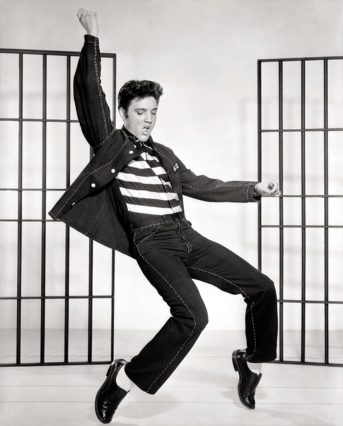A thriving events calendar, if delivered well, can propel member satisfaction and loyalty to new levels. But first you need to understand what works, and how to measure event success. We enlisted the help of GGA’s Patrick DeLozier, who has over 14 years’ experience delivering events at some of the top clubs in the country, to explain what clubs need to know.
A thriving events calendar has been a staple at the top clubs I have been fortunate to manage in recent years. Are they hard work? Yes, absolutely. Are they worth it? Without a doubt.
I have witnessed first-hand how events create memorable and meaningful moments in people’s lives, strengthening the bonds they have with a club and enriching relationships with other members.
While a number of events you deliver may not quite achieve this ‘magic’, there is a formula and steps you can take to deliver a compelling events calendar.
Keeping it fresh
The key to delivering outstanding club events lies in not standing still. Inject some creativity and fresh ideas into each and every event. This does not mean needing to stage new events every year, but adding new twists or new dimensions to established, traditional ones.
Sometimes this could be as simple as hosting an event in a different area of your property. Not only does this create a different ambience, it also serves to introduce members to parts of the property they may not normally see, or facilities they may not typically utilize. This is something we would routinely do at Augusta National to great success and satisfaction amongst members.
Timing it right
Simply put, one of the critical things to get right is timing. It can be easy to overlook, but so fundamentally important. Clubs of a certain size will need to communicate with other departments to avoid internal date conflict with other events, but all managers should also be attuned to events happening elsewhere either in the community or beyond.
Sports events, school events or charity fundraising events may all impact your club’s event calendar, so don’t fall into the trap of choosing the wrong date and marketing the event before needing to change. The same can be true of major sporting events such as the Super Bowl or The Ryder Cup. Set dates carefully, then market them with confidence and assurance.
Understanding what works
Fundamentally, you want members to engage with and enjoy the events your club chooses to stage. And when it comes to measuring success, their satisfaction should feature prominently. But events need to be well attended for them to be viable, both from a satisfaction standpoint for members and commercial standpoint for the club.
At the point of conception or planning, it will help to determine what constitutes reasonable participation numbers for particular events. This will provide a sound barometer of success not only for the current year, but future years too. If the popularity of certain events begins to grow, you can begin to unpick the reasons why and use the insights to fuel ideas for new ones.
When it gets to the events themselves, attend. Especially If you are relatively new to the club; it will give you the opportunity to engage with members and see for yourself how the events are received. Although we want to put a measure next to all aspects of an event, sometimes you have to accept some events carry a special aura – which you can only experience by being there.
Beyond the event, there can be a tendency to focus on what’s next, but don’t miss out on the crucial feedback and insights. There should always be a team debrief for those involved in the event delivery. Typically, we would spend 10% of the time on what went well and 90% of the time on how we could improve, with all staff and committee members challenged to come up with new ideas covering all aspects of event delivery.
Externally, send a feedback form to event attendees (do this quickly, so that you collate as many insights from the most members possible while the event is still fresh in their memory). This will enable you to identify areas for future improvement and pick up on any negative feedback (where appropriate).
Bringing it all together
By implementing this defined approach to event delivery, from planning through to evaluation, you will establish a culture of measuring success, defining continuous improvement, and translating this through to the events you choose to stage.
Combine this with a sprinkling of creative flair and you should have the basis for a calendar of thriving, well-attended events.
It may take some time to get there, but the impact on member satisfaction and the bottom line will be more than worth waiting for.











